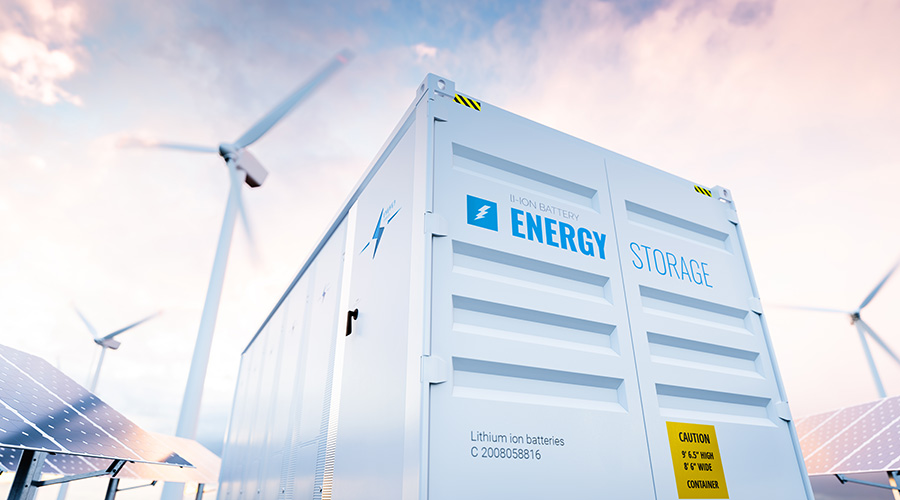LEED Projects Are Not Homogenous Group
From the start, it was evident that Illinois' LEED projects are not a homogenous group. The study participants range in size from 971 square feet to 4.2 million square feet. The buildings' hours of operations vary from a few hours a week to 24 hours a day, seven days a week. Building uses include offices, police stations, schools, and buildings with multiple uses. Despite the wide variation in building characteristics, several findings stood out.
Participating projects used less energy than similar buildings.
Most LEED projects in the study use less energy per square foot than similar buildings in the U.S., particularly similar buildings located in the Midwest. In fact, most projects that supplied energy use data for the entire site use less energy per square foot than the 99 kBtu/square foot/year the Commercial Building Energy Consumption Survey (CBECS) reports as the average for commercial buildings in the Midwest.
Energy use intensity (EUI) varied among the LEED-certified projects. On average, the projects that prioritized energy efficiency use less energy than projects that prioritized other factors.
In addition, the survey gave results in three other areas.
1. Construction costs, as reported by 23 projects, ranged from $0.23 to $665 per square foot, with a median cost of $154.93 per square foot. Two projects noted that there were no additional costs associated with constructing a green project, while 13 others indicated a median green premium of $5 per square foot.
2. Occupant comfort was assessed through an optional survey that 11 projects shared with staff. Survey responses indicate that occupants are generally satisfied with the conditions in their workspace and with the physical environment of the overall building, particularly in regards to light levels and ventilation comfort.
3. Transportation amenities are appreciated, but not always well communicated. The survey responses suggested that employees are using all amenities for which projects received LEED credits, such as proximity to public transportation and bike storage. However, there seems to be confusion regarding the availability of employer-provided transportation amenities at most projects.
Kathryn Eggers is a programs coordinator at CNT Energy. She is the project manager and lead author of the Regional Green Building Case Study: Year 2 Report, an analysis of 51 LEED-certified projects in Illinois.
Stephanie Folk (sfolk@cntenergy.org) is the communications and marketing manager for CNT Energy.
Related Topics:













